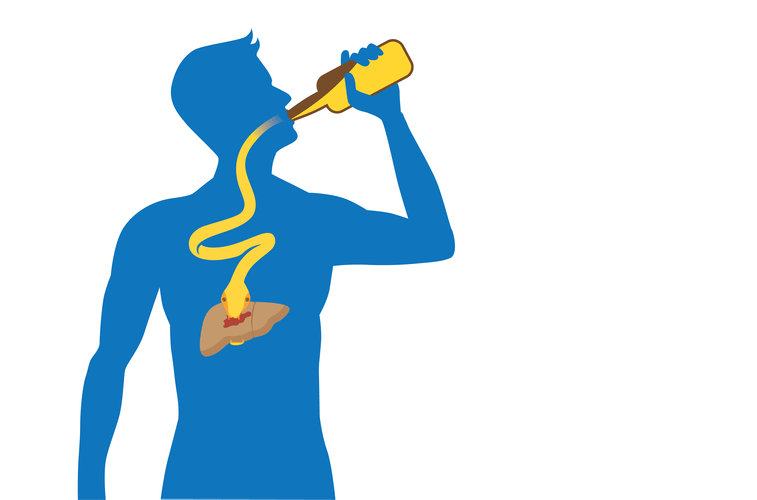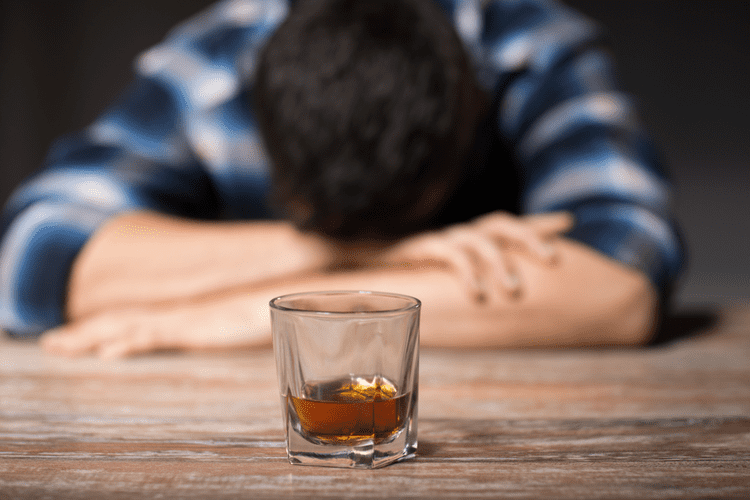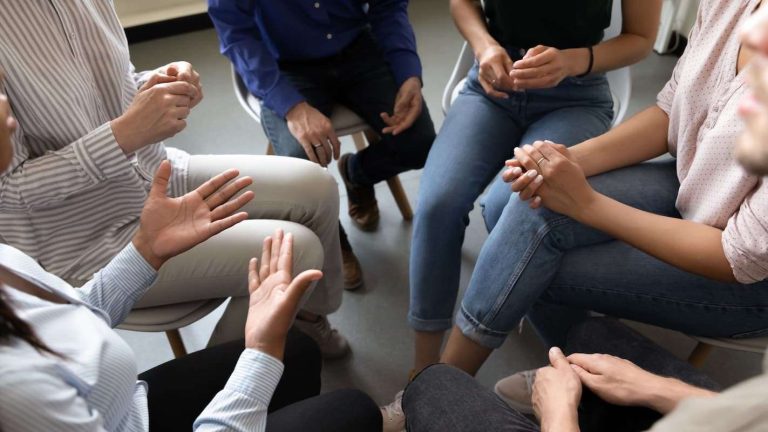Therefore, it is possible that there might be characteristics related to duration of treatment that might have an impact on abstinence and other outcomes. Differences in abstinence across BUP-XR duration groups may be attributable also to OUD pharmacotherapy that occurred during the RECOVER follow-up period which warrants further investigation. Fentanyl was not collected within the UDS and was not explicitly asked about within patient surveys (although misuse of prescription painkillers was captured and could conceivably include fentanyl). As noted above, generalizability of these results may be limited because recovery from opioid addiction all RECOVER participants had previously participated within a BUP-XR trial. While evidence has mounted regarding the short-term effectiveness of pharmacotherapy for opioid use disorder (OUD), little is known about longer-term psychosocial, economic, and health outcomes.
- These aren’t just distractions—they’re part of a lifestyle that helps keep you balanced, resilient, and moving forward.
- The most effective method for many is medication-assisted treatment.
- These receptors mediate both the psychoactive and the somatic effects of opioids.
- Gradually, the dosage will start to increase, resulting in severely damaging effects on the human body.
- Opioids are often used as medicines because they contain chemicals that relax the body and can relieve pain.
- The approach emphasizes treating Opioid Use Disorder (OUD) as a chronic, treatable medical condition, not a moral failing.
Is It Possible to Just Withdraw from Opiates at Home?
Some people attempt to self-treat opiate withdrawal with at-home remedies, such as vitamins, herbal supplements, diet changes and exercise. However, at-home opiate withdrawal without medical support is not recommended due to its low effectiveness and high likelihood of relapse. There is also very little scientific evidence that natural opiate withdrawal remedies work.
Opioid Addiction Treatment
They should be taken only under the direction and close supervision of your provider. No, not everyone taking a prescription opioid becomes addicted to them. When prescription instructions are carefully followed, the chances of becoming addicted are decreased.

Terminology
Available at the inpatient/residential or outpatient levels of care, detoxification (detox) is often the first step in recovery. As opiates leave the body, they create uncomfortable and distressing mental and physical withdrawal symptoms. Professional detox services work to increase Sobriety comfort, ease the process and aid recovery. During detox, patients will often taper off opiates to mitigate the severity of withdrawal symptoms.

However, like illegal opioids, prescription opioids can be addictive, particularly if they are misused. Opioid addiction is a complex issue that affects millions of people worldwide. Whether someone is battling prescription opioid abuse or illicit opioid use, finding the right treatment is essential for recovery. This article explores opioid rehab treatment options, as well as their duration, success rates, costs, and the next https://mountain-ink.com/step-1-of-aa-admitting-powerlessness-over-alcohol/ steps after rehab. We’re here to help you make informed decisions on how to treat opioid addiction effectively.

We’re not just here to help you get sober—we’re here to help you heal, grow, and build a life that’s free from the chains of addiction and mental struggle. One of the best predictors of long-term success is staying connected to your recovery community. Alumni programs offer continued guidance, events, and a shared space where you can celebrate milestones and work through struggles with others who get it. Old habits are easy to fall back into without a support system in place. These medications make detox safer and more tolerable, increasing the likelihood that someone will continue with treatment.
- IMF is incredibly potent and cannot be detected by sight, smell, or taste when mixed with other drugs.
- Recent data from 2021 to 2022 show this trend continuing, with overdose death rates increasing 15% for AIAN populations and 7% for non-Hispanic Black people, while rates for non-Hispanic White people decreased 3%.
- Most importantly, it requires recognizing that behind every statistic is a human being deserving of compassion, dignity, and access to the care they need to recover and thrive.
When people overdose on an opioid medication, their breathing often slows or stops. This can decrease the amount of oxygen that reaches the brain, which can result in coma, permanent brain damage, or death. Opioids are a class of drugs that include both prescription painkillers and illicit substances like heroin. They’re designed to interact with opioid receptors in our brains, effectively dulling pain and producing a sense of euphoria. While these drugs can be incredibly effective for managing severe pain, they also come with a dark side that’s all too easy to fall prey to.

